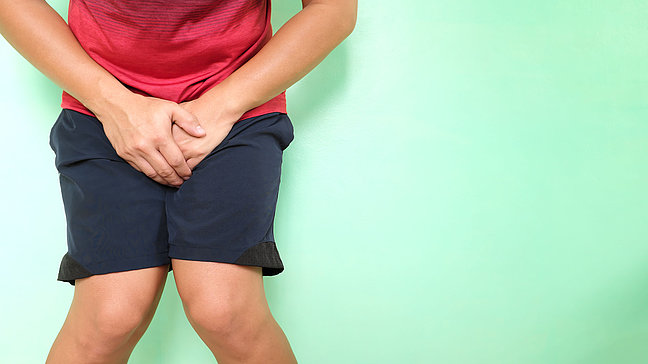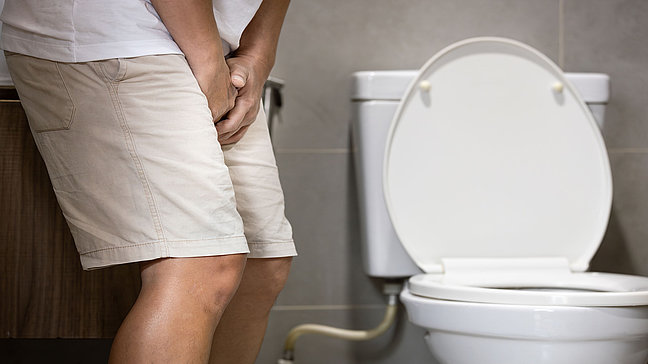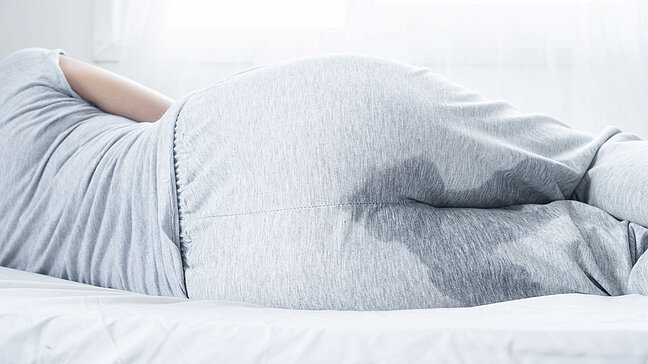
Stress incontinence
Causes of stress incontinence
Stress incontinence is often caused by a weakening of the pelvic floor muscles or the urethral sphincter. This can be due to various factors, including:
- Pregnancy and childbirth, which weaken the pelvic floor
- Hormonal changes, especially after menopause
- Surgical procedures in the pelvic area that damage the muscles or nerves
- Overweight, which increases pressure on the bladder
Symptoms of stress incontinence
- Involuntary loss of urine during physical exertion, such as coughing, sneezing, laughing, or sports
- Feeling of incomplete bladder emptying
- Possibly frequent urge to urinate, especially during activities that increase abdominal pressure
Diagnosis of stress incontinence
The diagnosis is made through a physical examination and a medical history, during which the doctor asks questions about the symptoms and possible triggers. In some cases, a urodynamic study is conducted to assess the functioning of the bladder and urethra. A cystoscopy can also be helpful to rule out other causes of incontinence.
Treatment options for stress incontinence
- Pelvic floor training: Regular exercises to strengthen the pelvic floor muscles are often the first treatment measure for stress incontinence. These exercises can strengthen the muscles around the bladder and urethra and improve control over urine flow.
- Medication therapy: In some cases, medications can be used to strengthen the urethral sphincter or relax the bladder.
- Surgical interventions: If conservative measures are not sufficient, surgical interventions such as the insertion of a sling to support the urethra may be considered. This helps to reduce pressure on the urethra and decrease urine loss.
Preventive measures for stress incontinence
To prevent stress incontinence, it is important to strengthen the pelvic floor muscles through targeted exercises, especially after pregnancy or surgeries in the pelvic area. Controlling body weight and avoiding heavy physical strain can also help reduce the risk of stress incontinence.



